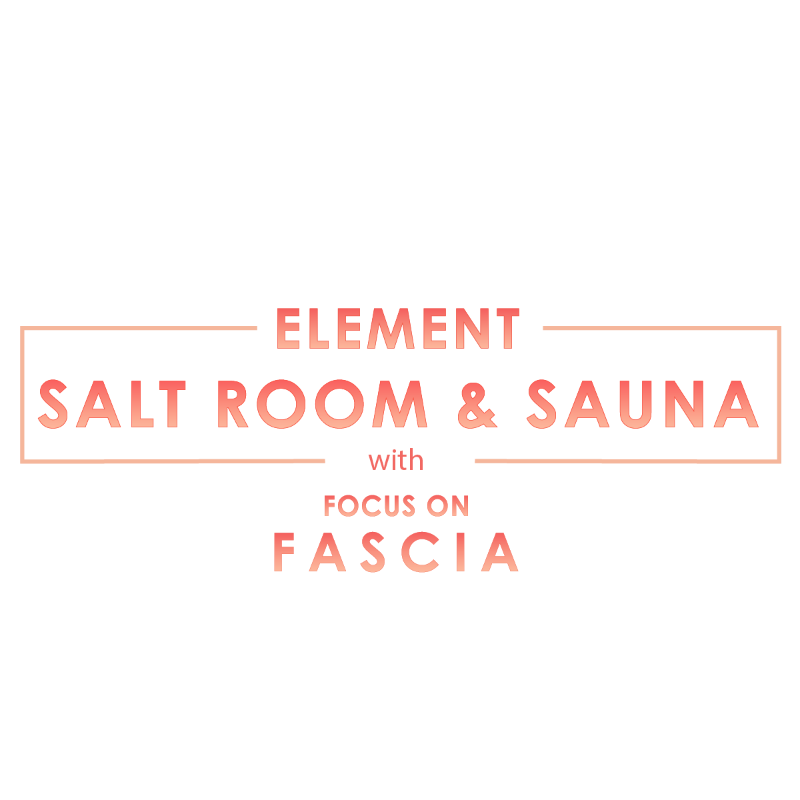Halotherapy

Halotherapy, also known as salt therapy, dates back to ancient times when people would visit salt caves to inhale the salty air to improve their respiratory and skin health. However, the modern form of halotherapy originated in the mid-19th century when a Polish physician noticed that salt miners had remarkably healthy respiratory systems despite their dangerous working environment.
This observation led to the development of speleotherapy, which involved creating artificial salt caves for therapeutic purposes. In the 1980s, halotherapy gained further recognition and popularity when it was formally introduced as a treatment in Eastern Europe. Since then, it has spread to other parts of the world and gained widespread popularity as a natural treatment for respiratory and skin conditions.
Today, halotherapy is offered in various forms, including salt caves, salt rooms, and salt therapy devices. It is believed to provide numerous health benefits, such as reducing inflammation, improving respiratory function, and promoting overall well-being. Many people use halotherapy as a complementary treatment alongside conventional medical therapies for conditions such as asthma, bronchitis, allergies, and eczema.
The history of halotherapy reflects its long-standing tradition as a natural remedy for respiratory and skin ailments, and its continued popularity in modern times demonstrates its enduring appeal as a holistic wellness practice.
